Modern scientists assert with irrefutable certainty that throughout the history of mankind there has not been a single nation that did not possess this or that form of religious thinking. Some people's ideas about supernatural forces have changed over the centuries and acquired new content, while others have sunk into the past forever. But all of them began in those prehistoric times, when man was first able to realize part of the world around him.
The first glimpses of religious thought
According to researchers, the primitive forms of religion appeared about 40 thousand years ago, that is, during the period when our distant ancestor received the right to bear the honorary title of homo sapiens, that is, “reasonable man”. He had every reason for this, since he differed from his predecessors, who were still in a semi-animal state, not only in anatomical structure and physiological characteristics, but, most importantly, in the ability to think abstractly.
It was it that prompted him to think that not everything in this world is so simple, and besides his own will, there is something that can influence the course of events. Further, his numerous descendants throughout the history of mankind developed this idea, and as a result, for each nation, it took the form of one religion or another, varying only depending on its national characteristics and level of culture.
Primitive religions and rock art
The appearance of religious ideas in such an early period is evidenced by the results of archaeological excavations, from which it is clear that our distant ancestors not only buried their relatives in specially designated places, but also prepared them for the afterlife, performing all kinds of rituals.
For example, in the burials of that time, the remains of the dead, covered with ocher, are often found, and next to them are weapons and household items. All this suggests that, in the view of primitive people, the reality surrounding them coexisted with some other world.
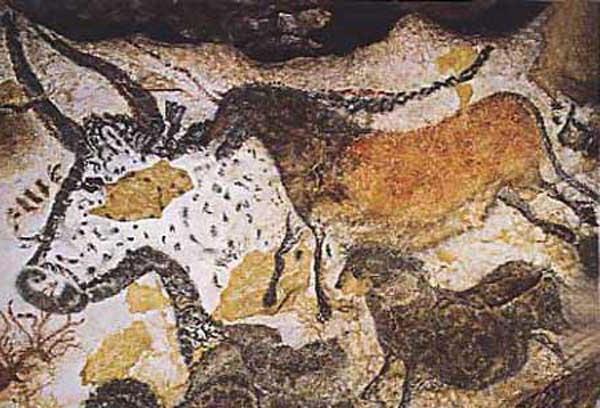
The religion of the primitive era was also reflected in the rock paintings. The most interesting of them were discovered at the turn of the 19th and 20th centuries in Northern Italy, as well as in the south of France. An analysis of the images, which are very realistic hunting scenes, gave grounds to assert that primitive people believed in some kind of connection between them and animals, whose behavior they tried to influence through certain magical actions. In addition, they had a wide distribution of objects that, in their opinion, were able to ward off danger and bring good luck.
Totemism and its features
Primitive forms of religion took shape gradually, and one of their earliest manifestations was totemism. This term should be understood as the belief in the presence of a magical dependence of a separate clan or a whole tribe on a certain totem ─ a certain object, plant or animal, which was very common, since hunting occupied an important place in the life of our ancestors.
Among other primitive religions, totemism occupies a special place, since it became the earliest form of manifestation of collective consciousness in people. It was no longer a primitive herd, bound only by animal instincts, but a kind of society that had certain rudiments of ideology.
Taboo system in the life of ancient tribes
Totemism gave impetus to the establishment of intra-tribal social relations and was the reason for the emergence of a whole system of life rules and restrictions, called "taboo". For example, food taboos strictly differentiated the supplies that were given to the leader, as well as his relatives, and those that were content with the rest of the tribe. Other taboos regulated issues related to the intra-tribal hierarchy, the inviolability of the home, the rules of burial, procreation, etc. Totemism has survived to this day among a number of peoples who are at a low level of development.
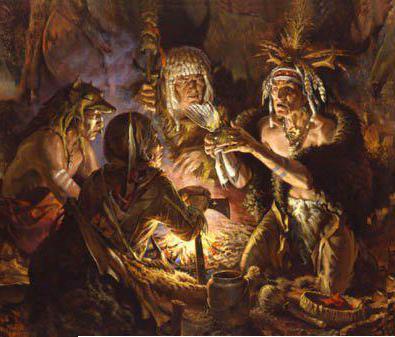
What is magic?
Primitive religions cannot be imagined without magic ─ people's belief in the possibility of influencing external circumstances through certain magical rites, such as spells, conspiracies, divination, and so on. Having arisen among primitive people as a belief that a person by nature possesses supernatural abilities, magic has been preserved for centuries, adapting to ever new historical realities.
At the same time, unlike its original form, which was of a generalized nature in primitive religion, modern magic is classified in accordance with the goals of its influence and the methods used. So, in our world, the concepts of black and white magic are firmly established, the first of which is allegedly based on the use of dark forces and commits violence against a person, and the second, pursuing only good goals, calls on the energy of some pure planetary spirits, which magicians themselves hardly have clear presentation.
Contact and Portal Magic
Since magic, having originated in the primitive world, does not give up its positions to this day, let us dwell in more detail on its most common types. Among them, three directions are distinguished, characterized by the ways of their influence on a person.
First of all, this is the so-called contact magic, which provides for the direct contact of its wearer with the person who is supposed to be affected, as well as the initial one, aimed at an object inaccessible to him.
In addition, a special type of portion magic is distinguished, in which not a direct, but an indirect effect is exerted on a person through any carriers of his energy, such as cut nails or hair, food debris, particles of saliva, sweat, etc.
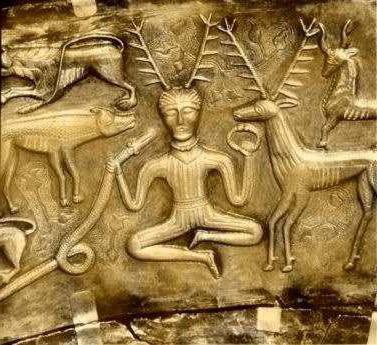
Simulation impact
And finally, another type of magic belongs to the same category ─ imitative. In it, to obtain the desired effect, the impact is not on the object itself, but on its likeness, which can be a photograph or some other portrait image, as well as a doll, which, when performing magical actions, is identified with this person.
In these cases, the magician or the one who claims to be his role, accompanying his actions with spells, inflicts damage on the doll or destroys objects that have come into his possession that are related to the one on whom he wants to direct the action of supernatural forces.
Other types of magical influences
In addition to the types of magic listed above, qualified in accordance with their methods of influencing the desired object, a number of its forms have also been known since primitive times, differing in their social orientation, as well as the goals pursued. Among them are such as:
- Malicious, the purpose of which is to induce damage. In their practice, its bearers often resort to the methods described by us in the section on imitation magic.
- Military, that is, which is a certain system of ritual actions aimed at achieving victory over the enemy.
- Love, aimed at excitation or destruction of someone's sexual attraction to some possible (or real) partner. In this direction, a whole system of various love spells and lapels has long been practiced.
- Therapeutic, serving for healing, as well as the prevention of various ailments.
- Fishing (obviously the oldest) serving to ensure good luck during fishing and hunting.
- Meteorological, as you might guess from the name, designed to change the weather in the desired direction.
It is worth noting that a number of researchers tend to consider magic the basis of primitive religion and the mother of science, since even in the most distant times it contained certain knowledge about natural phenomena and the world around.
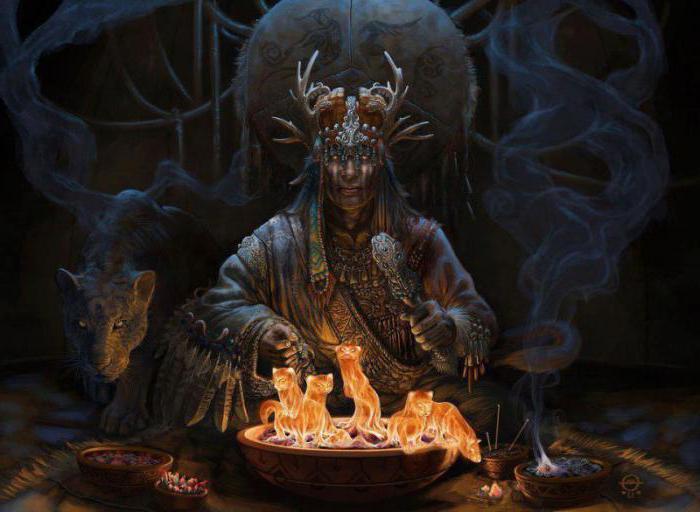
fetish worship
Another integral part of the religion of primitive society is fetishism. It consists in the worship of various objects, which were credited with the ability to protect from danger and bring good luck. In other words, fetishism is the belief that a certain object can contain supernatural power.
It could be a piece of wood or a stone of an unusual shape, the skull of an animal or a person, as well as items made of clay, metal or some other material that appeared in later periods of history. All of them were endowed with properties that were not really inherent in them to heal diseases, bring good luck or protect from trouble.
One or another object could become a fetish as a result of determining its properties through “trial and error”. If, for example, a hunter who hung a wolf's tail or a boar's ear around his neck was lucky, then he left it to himself and began to rely on the supernatural power lurking in it. When the newfound fetish happened to be disgraced, they simply threw it away and tried to find a new one. However, for the first time, the “scoundrel” could be punished by thrashing with a stick or puncturing with a needle.
Animism as a belief in the existence of spirits and the human soul
Speaking of various religious ideas, one cannot fail to mention animism, both in its current form and in its long-gone, primitive form. The world and national religions of the modern world inherited the belief in the immortality of the soul, as well as countless spirits that affect our world, from the animistic cults practiced among people of the primitive era.
The extremely low level of development of ancient people made them practically helpless in the face of diseases and natural disasters. They tried to get protection from their troubles by attracting supernatural forces to their side, with which their fantasy endowed objects and phenomena of the surrounding world. Our ancestors worshiped these countless spirits, trying to enlist their support in everything.
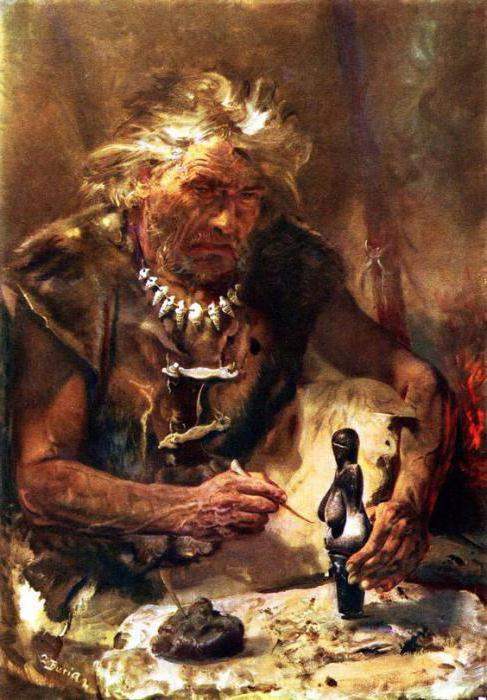
The role of animism in the history of world civilization
Already by its definition, primitive religion, that is, the system of cults practiced among people who were at a low stage of their development, could not contain any consistent philosophical concept and was only a reaction to the influence of external forces, by which it was customary to understand various spirits. . They were divided into good and evil. Both those and others should be appeased and sacrifices should be made to them. They could be hunting trophies or their own brethren.
Unlike other primitive religions, animism laid the foundation for the doctrine of the existence of the human soul and its immortality. In its initial stage, it was very primitive and was based on the simple reasoning that if certain spirits inhabit all the surrounding objects, then they must also be in people. Only after many millennia did this doctrine take shape, which became the basis of all major modern religions. Despite the fact that animism in its original form has sunk into the past, its subsequent modifications have played an important role in the history of world civilization.
Belief in a person chosen by the gods
It is impossible not to recall another primitive religion, the name of which is well known in the modern world, since today its followers are found in different countries of the world ─ this is shamanism. This religious direction, which also originated in prehistoric times, but at a later stage, when social division between members of the tribes had already appeared, is based on the belief that a certain chosen person (shaman) is endowed with certain supernatural abilities.
It was believed (and is still considered) that he possesses some kind of knowledge hidden from everyone, allowing him to radically influence the fate of both individual clans and the entire tribe. The shaman realized his gift through special rituals ─ rituals, during which he performed dances around the fire, accompanying them with all kinds of spells and singing to the accompaniment of a tambourine. It was believed that in these moments he communicates with the spirits, giving him instructions in solving pressing problems and healing the sick.
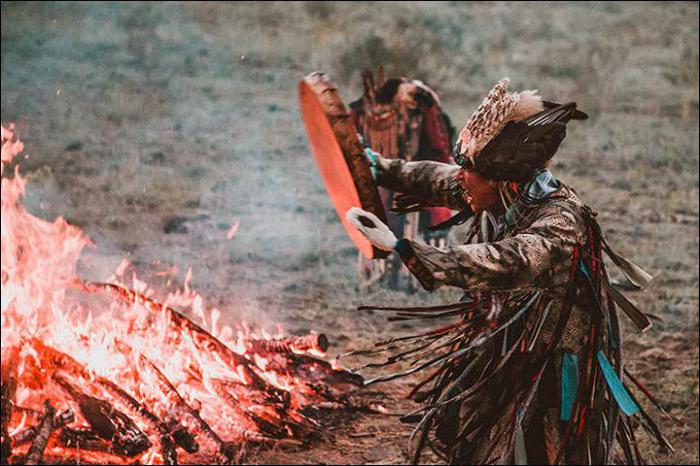
Conclusion
It is important to note that in the primitive era, none of the above religions existed in its pure form, since the elements of each of them were intertwined in the most bizarre way. That is why modern researchers fail to fully convincingly answer the question of which of the religious forms appeared earlier and which later.
It can only be argued that all of them, to one degree or another, can be traced in the history of modern peoples at an early stage of their development. Later, as culture developed, new elements were introduced into primitive religions, giving them more complex forms, until, finally, some of them were transformed into modern philosophical and religious teachings.
